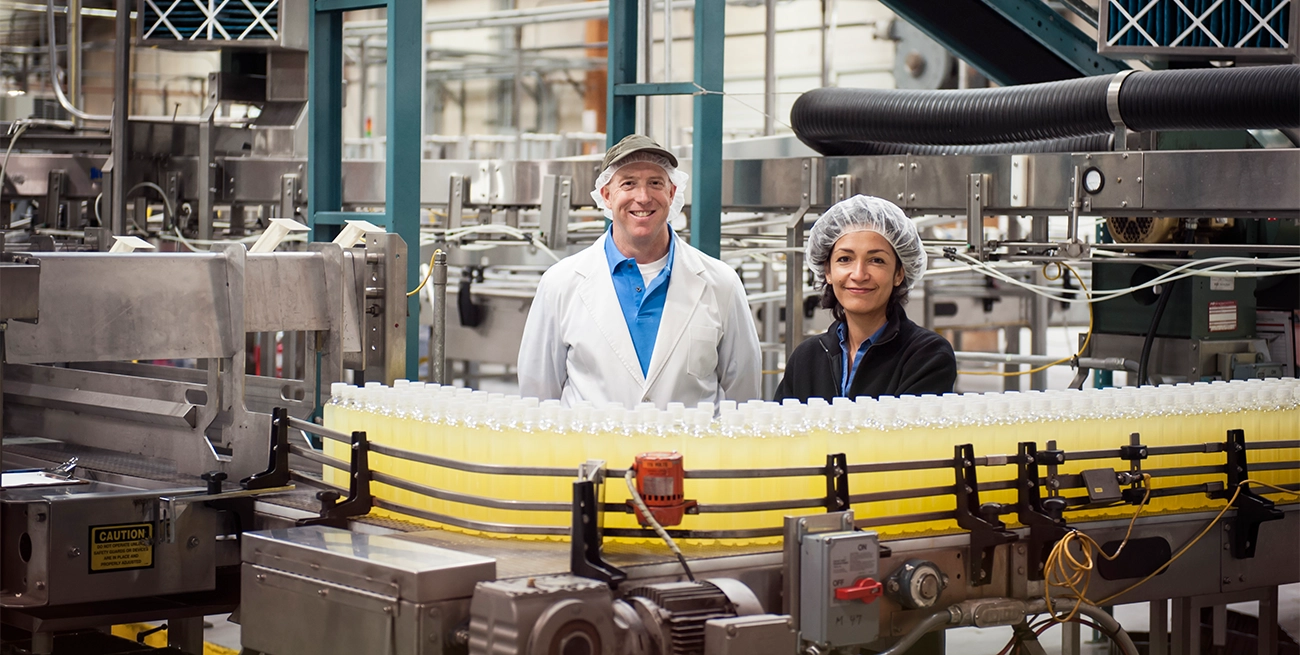Customizing Consumables: When and Why It’s Worth the Investment

In industrial operations, consumables like filters, gaskets, and cleaning agents are essential. While standard options are readily available, customizing these items can offer significant benefits. This article examines the practical reasons for customizing consumables and how it can lead to improved efficiency and cost savings.
Enhancing Operational Efficiency
Custom consumables are designed to meet specific operational requirements. Using gaskets tailored to particular machinery can reduce the risk of leaks and downtime. Similarly, filters engineered for certain particles or pressures can increase equipment longevity and reduce maintenance needs.
Reducing Waste and Environmental Impact
Standard consumables often create excess waste. Off-the-shelf solutions are designed for general applications, which can result in overuse or frequent replacement. Customizing items — such as reusable filter elements or biodegradable degreasers — can dramatically reduce disposal volume and frequency. That means less landfill, fewer disposal fees, and a better environmental record for audits and clients alike.
Improving Safety and Compliance
Safety gear like gloves, masks, and aprons that fit the job — and the person — can mean the difference between protection and exposure. Tailoring consumables to fit specific processes or hazards ensures that teams use the right tools, the right way. In regulated environments, this often leads to better audit outcomes and reduced legal exposure.
Cost-Effectiveness Over Time
Custom consumables sometimes cost more per unit, but their durability, fit, and efficiency can lead to fewer replacements. A properly fitted liner or tool wrap may last two to three times longer than an ill-fitting standard version. When replacements slow down and performance stays up, budgets stretch further without anyone needing to cut corners.
Meeting Unique Operational Needs
Some facilities operate in extreme temperatures, handle corrosive materials, or have spatial constraints. Off-the-shelf supplies aren’t built for those conditions. Customized items — whether that’s thermal-resistant sheeting, corrosion-proof dispensers, or modified wipe sizes — help teams maintain uptime and prevent small inefficiencies from snowballing into delays.
Streamlining Inventory Management
Standard consumables often lead to bloated inventories with slight variations of the same item. When operations standardize around a custom design that actually fits their use case, the variety of SKUs can shrink. This simplifies procurement, reduces errors in restocking, and helps warehouse teams work more efficiently.
Enhancing Brand Identity
Some industrial operations are customer-facing or part of a larger client service model. Customizing things like safety signage, dispenser labels, or cleaning kits with your brand colors or logos adds a professional touch. Internally, it also helps teams distinguish between zones, shifts, or process lines using color coding or labeling schemes.
Boosting Employee Buy-In
When staff see that consumables are selected with their tasks and preferences in mind, they’re more likely to use them properly and take care of them. This boosts morale, lowers misuse rates, and increases productivity without needing additional oversight or incentives.
When It’s Not Worth It
Not every consumable is worth customizing. Items that are used in small quantities, replaced daily, or are readily available in reliable standard versions usually aren’t worth the extra sourcing effort. The best candidates for customization are high-volume, high-cost, or high-impact items — especially if they’re linked to machine uptime, safety, or process performance.
Where to Start
Identify the top 5 consumables that your team uses most frequently. Ask operators or techs which ones cause frustration, waste, or frequent replacements. Then speak with your suppliers to find out what can be modified — and how fast. Most manufacturers offer light customization for a modest minimum order.
Tracking the performance of your custom items for 90 days can help determine whether the change was worth it. Focus on how often the items are replaced, whether users report fewer issues, and how it affects workflow or downtime.
Wrapping Things Up
Customization isn’t about chasing perfection — it’s about fixing the things that slow people down or create unnecessary waste. In many cases, a small tweak to a filter, a cloth, or a container lid can do more for your bottom line than yet another efficiency meeting. Custom consumables offer an often-overlooked path to smoother operations, safer teams, and better budgets.


